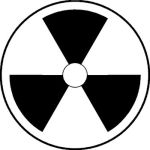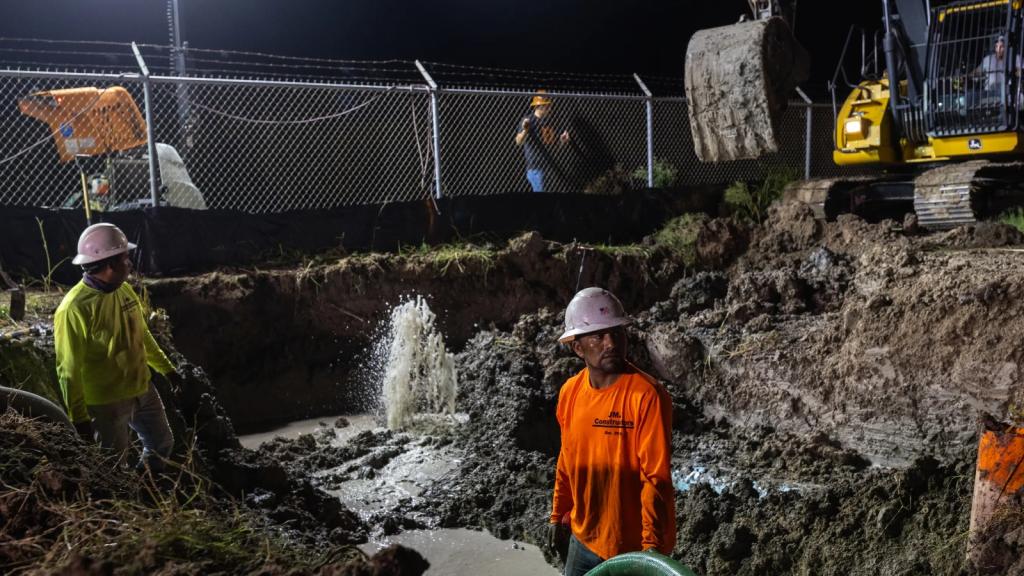The following is a guest post from Natalie Troyer, publications and volunteer coordinator at Heart of America Northwest. Read her previous posts here and here.
 I don’t know if you’ve heard, but on Friday, July 27, a geyser from Hades erupted at the Hanford Nuclear Reservation.
I don’t know if you’ve heard, but on Friday, July 27, a geyser from Hades erupted at the Hanford Nuclear Reservation.
Yep, it’s true. In the wee hours of that morning, a water line became clogged with radioactive sludge as thick as peanut butter, sending a big chunky mass of the hottest, most deadly material found on the site spattering to the ground and contaminating the air.
Approximately 50 to 100 gallons of the toxic waste leaked, making it the largest spill in the tank farm in years. Thankfully, no workers were around at the time. But several things remain rather disconcerting about the entire incident.
You know that famous phrase, “Don’t cry over spilled toxins?” It’s merely a saying meaning, “If it’s over and done with, you can’t affect it anymore, so why worry? No amount of tears will put the toxins back into the pipe, so if you can’t change something, why bother what-iffing?”
OK, so I may have reworded a popular adage to meet my objective, but the point is that Hanford contractors and the U.S. Department of Energy took this kind of apathetic approach when it came to reacting to the monstrous spill.
Elevated radiation levels were detected in the air in the tank farm at 2:20 a.m. At this point, regulators should have been immediately notified under federal and state hazardous-waste laws of a release to the environment. But it took nearly nine hours for the Washington State Department of Ecology and the public to be notified.
Workers, clad in protective gear, reportedly didn’t observe the leak until 9:45 a.m., when they were checking the clogged pump and noticed the ground was soaked with spilled nuclear sludge. Twelve workers later complained of vapor exposure.
Why did it take so long to make an official discovery of the accident? Because the contractor in charge of this specific waste transferal — CH2M Hill — is apparently as incompetent as Lindsay Lohan behind the wheel of a car.
Attempts had been made to unclog the pump plugged by nuclear waste, which inadvertently forced the sludge from an aging underground tank into the water line. The water line was never designed to have waste injected into it. The line was also not double-walled like the hoses meant to carry the material, and it lacked leak sensors that would have immediately alerted workers to the spill.
Failure to have working leak-detection equipment and containment to prevent the spill from reaching the environment should be viewed by the WSDOE and the Justice Department as a potentially reckless endangerment of the health of workers and the public.
Hanford, which covers about 560 square miles in south-central Washington near the Tri-Cities, contains the nation’s largest collection of nuclear waste from the production of weapons during World War II. The cleanup of Hanford is a multibillion dollar project — not some fifth-grade science experiment meant to be tackled with prepubescent naïveté.
Heart of America Northwest, the region’s largest Hanford cleanup watchdog group, has called for an independent investigation into whether the cleanup is complying with all required hazardous-waste laws. Oregon Sen. Ron Wyden (D) is behind us, calling for a truly independent investigation, “not just of the most recent release and its underlying causes, but to also examine the operational assumptions, plans, schedule, and engineering approach used in the tank waste transfer program.”
But who in Washington will join our fight for congressional oversight? It’s time for the lethargy surrounding the efficiency and timeliness of Hanford cleanup to be radically altered before another, even bigger, leak ensues.


